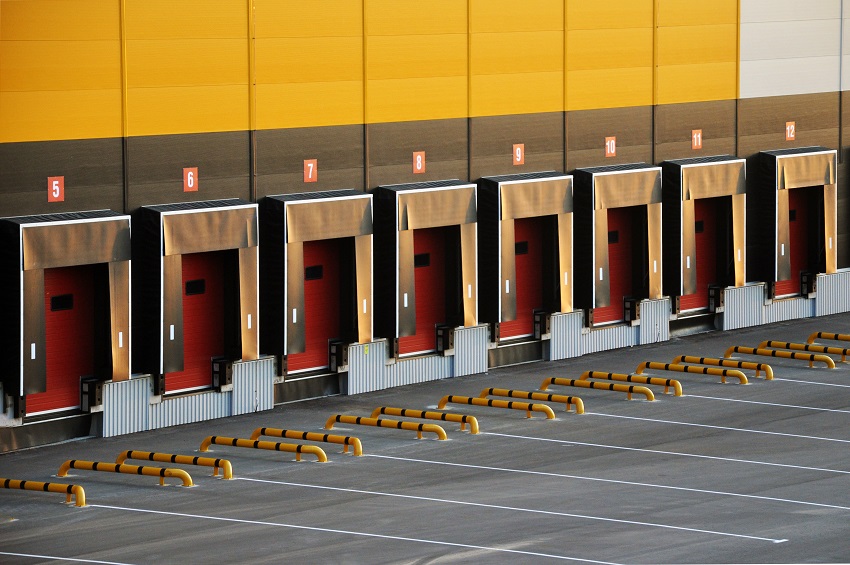The Application of Predictive Analytics in Logistics
Descriptive, Predictive, and Prescriptive Analytics Explained
The concepts of big data and predictive analytics are among the most talked about applications of technology in logistics right now. Yet, despite all the attention it can be difficult to understand these ideas in practice. The problem is there are not a lot of actual use cases available to clearly explain their value to logistics companies.
And, while predictive analytics is the most common term used by the industry, it’s really just a catch-all for the three types of analytics companies are using. These include, in addition to predictive, descriptive and prescriptive.
To better illustrate the three concepts in the context of logistics, consider these examples of a trucking company looking to use data to increase improve the efficiency and profitability of their linehaul operations.
Descriptive Analytics
Descriptive analytics is the exercise of looking backwards to see what has happened in the past. To a truckload carrier, the value with this type of analytics is an understanding of how full trucks were that have already shipped and, more importantly, how well the space was used.
This is an important distinction because knowing a truck was shipped 70% full is meaningless without considering the volume and weight density of the truck’s contents. To illustrate, picture the difference in space utilization on a truck between a small, light-weight pallet of a materials like corrugate that cannot be double stacked (and generates little revenue) compared to a stable, dense pallet of canned foods that can be. Descriptive analytics explains the impact of these differences.
Predictive Analytics
Predictive analytics is the practice of estimating the future. Building on the previous example – the application of predictive analytics allows a carrier to plan capacity more efficiently on their trucks. This is achieved by predicting, in advance, the types of products that will be shipped, and therefore opportunities to increase cargo density and loading factor.
The benefits of this technique come about from the ability to anticipate the types of products being shipped, and where they are going, in the future. Key inputs and historical data are required to make these predictions. Considering information like shipment types, weight, origin/ destination pairs, lead times, equipment types, as well as making educated guesses to fill in gaps in the data creates the output – which is a forecast of what, and how many shipments are expected for each destination with the likelihood of that scenario happening.
Prescriptive Analytics
Prescriptive analytics is taking action based on all this information. In practice, this provides the insight to the truckload carrier to know how to better combine cargo on trucks to improve load factor. It creates other actionable insight as well, such as what planned trucks will be empty in advance so they can be cancelled, advanced notice for when extra capacity will be needed, as well as the ability to price more accurately. It’s where the ultimate value of analytics is derived.
With this background, the application and opportunity to use data in these ways for logistics companies becomes apparent. The business value of using predictive analytics in a logistics company is significant. However, the process of using predictive analytics takes experience and needs to be rooted in proper expectations.
It’s important to recognize that data science is complex and prediction in its own right is not always useful. But, gaining and using the knowledge that there is a greater probability of specific scenarios happening is a powerful operating advantage.
Contact us at info@transportationimpact.com to receive more information about predictive analytics and how it can affect the logistics in your business.

Posts by Tag
- October 2018 (8)
- August 2018 (6)
- August 2019 (6)
- February 2020 (6)
- March 2020 (6)
- May 2020 (6)
- December 2020 (6)
- April 2019 (5)
- May 2019 (5)
- July 2019 (5)
- October 2019 (5)
- April 2020 (5)
- July 2020 (5)
- September 2020 (5)
- October 2020 (5)
- July 2018 (4)
- September 2018 (4)
- January 2019 (4)
- February 2019 (4)
- March 2019 (4)
- June 2019 (4)
- September 2019 (4)
- December 2019 (4)
- January 2020 (4)
- June 2020 (4)
- August 2020 (4)
- April 2018 (3)
- June 2018 (3)
- November 2018 (3)
- December 2018 (3)
- November 2020 (3)
- January 2021 (3)
- March 2018 (2)
- November 2019 (2)
- February 2021 (1)
- May 2021 (1)
8921 Crew Drive
Emerald Isle, NC 28594
(252) 764-2885
info@transimpact.com
Get In Touch!
 How to Improve Your Shipping Dock’s Efficiency and Minimize Carrier Accessorials
Can You Lower Your Small Parcel Shipping Costs by Using a Regional Carrier?
How to Improve Your Shipping Dock’s Efficiency and Minimize Carrier Accessorials
Can You Lower Your Small Parcel Shipping Costs by Using a Regional Carrier?




